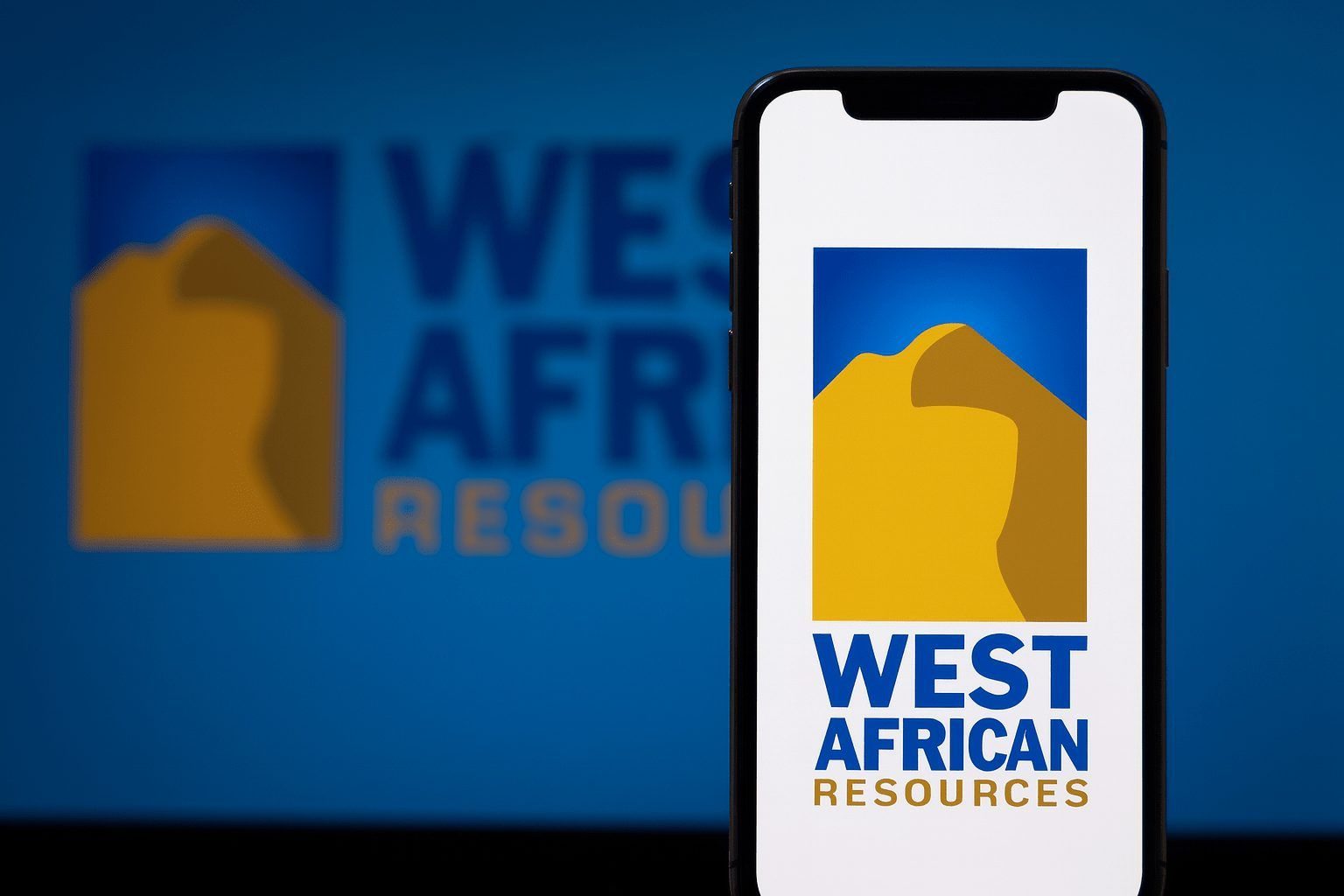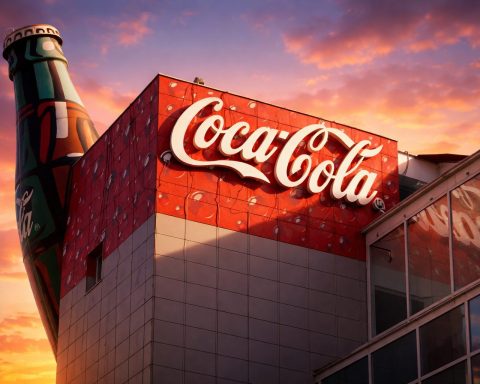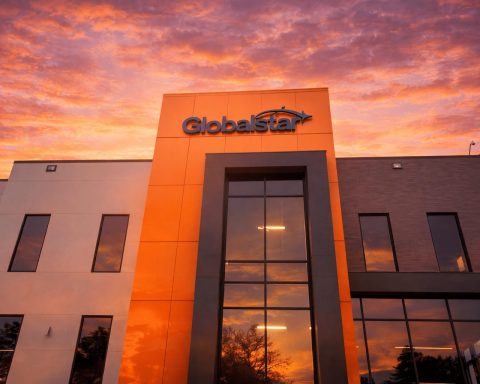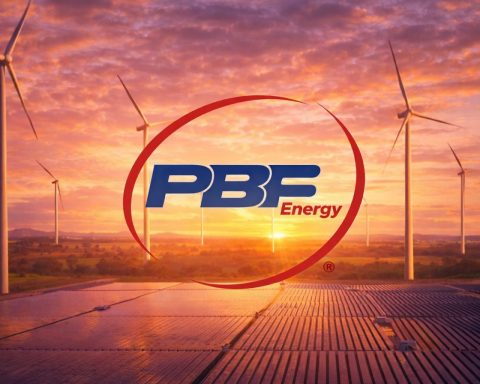West African Resources Ltd (ASX:WAF), the unhedged gold miner behind the Sanbrado and Kiaka projects in Burkina Faso, closed Wednesday, November 26, 2025 at A$2.56, down 15.8% for the session. The share price fell from a previous close of A$3.04, with heavy trading volume as the stock returned from a multi‑month ASX suspension linked to negotiations with the Burkinabe government over a larger state stake in the flagship Kiaka mine. [1]
Despite today’s sharp drop, WAF still sits roughly 100% higher than a year ago, and around the upper end of its 52‑week trading range of A$1.415–3.09, reflecting how strongly the stock had run into 2025 on the back of growing production and record gold prices. [2]
This article looks at what moved WAF stock today, how the fundamentals stack up, and the key risks and catalysts investors are watching.
Note: This article focuses on West African Resources Ltd (ASX:WAF), not Siltronic AG (FRA:WAF.DE), the German silicon wafer producer that also trades under the ticker WAF on Xetra. [3]
WAF stock price today: big sell‑off on ASX reopening
According to real‑time ASX data, West African Resources closed at A$2.560, down A$0.48 or ‑15.79% on the day. [4]
Key intraday stats for November 26, 2025:
- Last price: A$2.56
- Change: –A$0.48 (–15.8%)
- Previous close: A$3.04
- Open: A$2.58
- Day range: A$2.54 – A$2.64
- 52‑week range: A$1.415 – A$3.09
- Volume: ~14.7 million shares vs 3‑month average ~6.7 million
- Market cap (post‑drop): ~A$3.47 billion [5]
That combination of a double‑average volume spike and a double‑digit price fall is typical of a market “reset” after a long trading halt, as investors re‑price regulatory and political risk.
Why WAF shares are under pressure
Burkina Faso wants a bigger slice of Kiaka
The selling pressure today traces back to late August 2025, when West African Resources revealed that Burkina Faso’s government had requested an additional 35% stake in the Kiaka gold mine, on top of its existing 15% interest. That proposal would raise the state’s ownership in Kiaka to 50%. [6]
Kiaka, which poured its first gold in mid‑2025 and sits about 45 km south of Sanbrado, is a central part of WAF’s growth story. [7]
The request came amid a broader policy shift:
- Burkina Faso is pushing resource nationalisation, seeking more revenue and control from foreign‑owned industrial mines, including gold operations. [8]
- Under a revised mining framework, the state can pursue larger stakes in key assets, often via the state mining company SOPAMIB. [9]
ASX suspension and today’s reopening
Following the government’s move, the ASX first halted, then suspended trading in WAF shares while the company worked on a formal response and updated disclosure. [10]
During the suspension:
- Commentators highlighted growing concern that Kiaka could become a test case for the country’s tougher stance on foreign miners. [11]
- Reports suggested the government aimed for a stake of up to 50%, reinforcing investor fears of value dilution and precedent risk for other assets. [12]
On Tuesday, November 25, 2025, WAF disclosed that it had submitted an alternative proposal to the government designed to help increase state mining revenues without simply handing over half of Kiaka. The company said talks had been “constructive,” but did not reveal the structure of its counter‑offer. [13]
WAF also noted:
- Trading on the ASX had resumed,
- Burkina’s mining minister tasked SOPAMIB with leading negotiations, and
- Its Sanbrado and Kiaka operations remain unaffected operationally. [14]
When WAF shares finally came back to market, months of pent‑up uncertainty were compressed into a single session. Local market coverage described the move as a 15%+ “crash” as investors rushed to re‑assess the risk/reward profile. [15]
Fundamentals: strong growth engine, high‑risk postcode
Business profile and financials
West African Resources is an Australia‑based, Burkina Faso‑focused gold producer. Its core assets are: [16]
- Sanbrado Gold Project – a producing underground and open‑pit mine ~90 km east‑southeast of Ouagadougou.
- Kiaka Gold Project – a large, low‑cost open‑pit mine ~45 km south of Sanbrado, now in operation.
- Toega Project – an additional deposit near Sanbrado, part of its longer‑term growth pipeline.
From the latest full‑year financials (FY 2024, in AUD): [17]
- Revenue: ~A$730–863 million (LSEG vs Investing.com data)
- Net income: ~A$224–327 million
- Gross margin: ~53%
- Return on equity: ~27%
- P/E ratio: ~10.6x
- Price/book: ~2.4x
- Total assets: ~A$2.0 billion; total debt ~A$426 million
The company currently does not pay a dividend, choosing to reinvest cash flow into expansion. [18]
Q3 2025 production: ramp‑up at Kiaka
In Q3 2025 WAF reported a strong operational quarter: [19]
- Total gold production: 92,721 oz
- Gold sales: 75,892 oz at an average realised price of about US$3,396/oz
- Sanbrado: 59,852 oz at an all‑in sustaining cost (AISC) of US$1,348/oz
- Kiaka: 32,869 oz at a higher AISC of US$1,921/oz, reflecting early operational ramp‑up
Management has flagged that as Kiaka transitions from construction to steady‑state operations, unit costs should fall, lifting group margins. [20]
Long‑term production plan
WAF has outlined an updated 10‑year production outlook that targets a peak annual output of around 569,000 oz in calendar 2029 as Sanbrado, Kiaka and Toega are optimised and sequenced. [21]
For 2025, company communication suggests a combined production target of roughly 290,000–360,000 oz, including 100,000–150,000 oz from Kiaka, underscoring how central that mine is to the growth story. [22]
Performance so far
Even after today’s drop, WAF’s recent track record remains impressive:
- 1‑year share price change: about +103%. [23]
- Earlier YTD data showed gains of around +110% before the halt‑related sell‑off. [24]
- Over the past year WAF has outperformed both its sector and the ASX 200 index by wide margins. [25]
Institutional ownership is also significant: one analysis puts institutional control at around 60–65% of the register, meaning moves by large funds can quickly translate into price volatility. [26]
WAF even appears in global gold products such as the VanEck Junior Gold Miners ETF (GDXJ), where it recently made up about 0.65% of assets, indicating some passive ETF exposure. [27]
Analyst views and WAF stock forecast
Opinion on WAF is increasingly split, especially after the government’s stake push.
From recent data:
- Investing.com shows a 12‑month consensus price target of ~A$4.00, with estimates ranging from about A$3 to A$5, implying roughly +56% upside from today’s close at A$2.56. The site classifies overall analyst sentiment as “Neutral,” with one Buy and one Sell rating. [28]
- A TipRanks Q3 production piece cited the most recent rating at that time as a Buy with a A$3.50 target, while highlighting strong cash generation and a positive technical signal. [29]
- A more recent TipRanks newswire update ahead of today’s investor webinar notes the latest rating as a Sell with a A$3.00 target, underscoring how views have cooled as political risk at Kiaka escalated. [30]
On the numbers side, WAF trades at about:
- P/E: ~10.6x
- EV/EBITDA: ~7.3x
- Price/book: ~2.4x [31]
Those are not demanding multiples for a mid‑tier gold producer with strong margins and a substantial growth pipeline — but they may also embed a discount for concentration in a high‑risk jurisdiction and ongoing uncertainty over asset ownership.
Key risks investors are watching
1. Political and resource‑nationalisation risk
Burkina Faso’s junta has made clear it wants a larger share of mining profits, including through:
- Expanding the state’s equity stakes in major mines,
- Creating and empowering SOPAMIB as a state mining champion, and
- Moving to nationalise additional mines and withdraw some permits. [32]
The Kiaka stake request – potentially lifting the state’s holding to 50% – is seen as a test case under this policy shift. If the ultimate arrangement is viewed as very favourable to the government, the market may worry it sets a precedent for further interventions, in Burkina Faso and perhaps across the Sahel. [33]
2. Single‑country concentration and security
WAF’s entire operating footprint is in Burkina Faso, a country that has experienced coups, jihadist insurgency and heightened geopolitical tension in recent years. [34]
That introduces:
- Physical security risks,
- Potential disruptions to logistics and power, and
- Elevated sovereign risk around taxation, royalties and ownership.
3. Gold price and unhedged exposure
WAF is unhedged, meaning its revenues move directly with the gold price. High realised prices boosted Q3 results, but a significant pullback in gold could pressure free cash flow and slow debt reduction. [35]
4. Balance sheet and capex commitments
Recent financials show: [36]
- Strong operating cash flow (over A$250 million in FY 2024),
- Heavy investing cash outflows tied to project build‑out (nearly A$500 million), and
- Rising debt (~A$426 million).
Any delay, cost overrun or unfavourable change to Kiaka’s ownership or economics could tighten financial flexibility, especially given lenders (including local institutions like Coris Bank) are among the stakeholders WAF must keep onside in any revised deal. [37]
Near‑term catalysts for WAF stock
Investor webinar – 26 November 2025
WAF has scheduled an investor webinar and conference call for November 26, 2025, led by Executive Chairman and CEO Richard Hyde. The session is intended to update the market on operations and, crucially, on the ongoing discussions with the Burkinabe government. [38]
Investors will be listening for:
- How far apart WAF and the government are on Kiaka ownership,
- Whether a 50% state stake is still on the table or being replaced with other revenue‑sharing mechanisms,
- Updated production and cost guidance for Sanbrado and Kiaka, and
- Capital allocation priorities (debt reduction vs growth vs potential shareholder returns).
Future announcements and reporting
Other potential triggers for WAF’s share price include:
- Any formal agreement (or breakdown) with SOPAMIB over Kiaka and other assets,
- Quarterly production updates,
- Full‑year 2025 results and 2026 guidance, and
- Further changes in Burkina Faso’s mining policy or nationalisation drive. [39]
Given today’s surge in volume and the reopened order book, volatility is likely to remain elevated until the structure of a Kiaka deal is clearer.
Is WAF stock a buy now?
Whether WAF is attractive at A$2.56 depends heavily on your risk tolerance and time horizon.
Bullish angle
Supporters of the stock might point to:
- A rapidly growing production base with a 10‑year plan peaking near 569,000 oz/year in 2029, [40]
- Strong profitability metrics (high margins, solid ROE, low‑double‑digit earnings multiple), [41]
- A balance sheet that, while leveraged, is still supported by robust operating cash flow, and
- The prospect that a negotiated compromise with the Burkinabe government could remove a major overhang and eventually re‑rate the stock toward analyst targets in the A$3–4 range. [42]
From that perspective, today’s 16% drop may look like a high‑risk entry point for investors who are comfortable with frontier‑market political risk.
Bearish angle
Skeptics focus on:
- The uncertain end‑game for Kiaka’s ownership and economics,
- The possibility that WAF agrees to terms that transfer a lot of value from shareholders to the state (or face harsher measures), [43]
- The company’s single‑jurisdiction exposure to a volatile region, and
- The risk that WAF could see further trading halts or steep drawdowns if negotiations stall or regional security worsens. [44]
For those investors, today’s move might be seen less as an opportunity and more as a reminder that headline risk can overwhelm fundamentals in certain markets.
Bottom line
WAF’s 16% slide today reflects real, not just technical, concerns about the balance between growth and government control in Burkina Faso. Operationally, the company is delivering strong production and earnings; strategically, it is now negotiating in a policy environment that is shifting decisively toward resource nationalism.
For investors tracking WAF stock today, the key question isn’t simply whether gold stays high — it’s how much of Kiaka’s long‑term cash flow ultimately belongs to shareholders versus the state, and on what terms.
As always, this article is for informational and news purposes only. It is not personal financial advice or a recommendation to buy or sell WAF, ASX:WAF, WFRSF, or any other security. Consider your own objectives, financial situation and risk tolerance, and consult a licensed financial adviser if you’re unsure.
References
1. www.investing.com, 2. www.investing.com, 3. finance.yahoo.com, 4. www.investing.com, 5. www.investing.com, 6. www.ecofinagency.com, 7. www.reuters.com, 8. www.reuters.com, 9. www.ecofinagency.com, 10. discoveryalert.com.au, 11. www.theafricareport.com, 12. discoveryalert.com.au, 13. www.ecofinagency.com, 14. www.ecofinagency.com, 15. www.fool.com.au, 16. www.reuters.com, 17. www.reuters.com, 18. www.marketindex.com.au, 19. www.tipranks.com, 20. www.tipranks.com, 21. www.businessnews.com.au, 22. www.ecofinagency.com, 23. www.investing.com, 24. www.tipranks.com, 25. www.marketindex.com.au, 26. finance.yahoo.com, 27. www.vaneck.com, 28. www.investing.com, 29. www.tipranks.com, 30. www.tipranks.com, 31. www.investing.com, 32. www.reuters.com, 33. www.theafricareport.com, 34. www.reuters.com, 35. www.tipranks.com, 36. www.reuters.com, 37. www.ecofinagency.com, 38. www.tipranks.com, 39. www.marketindex.com.au, 40. www.businessnews.com.au, 41. www.investing.com, 42. www.investing.com, 43. finance.yahoo.com, 44. thewest.com.au










